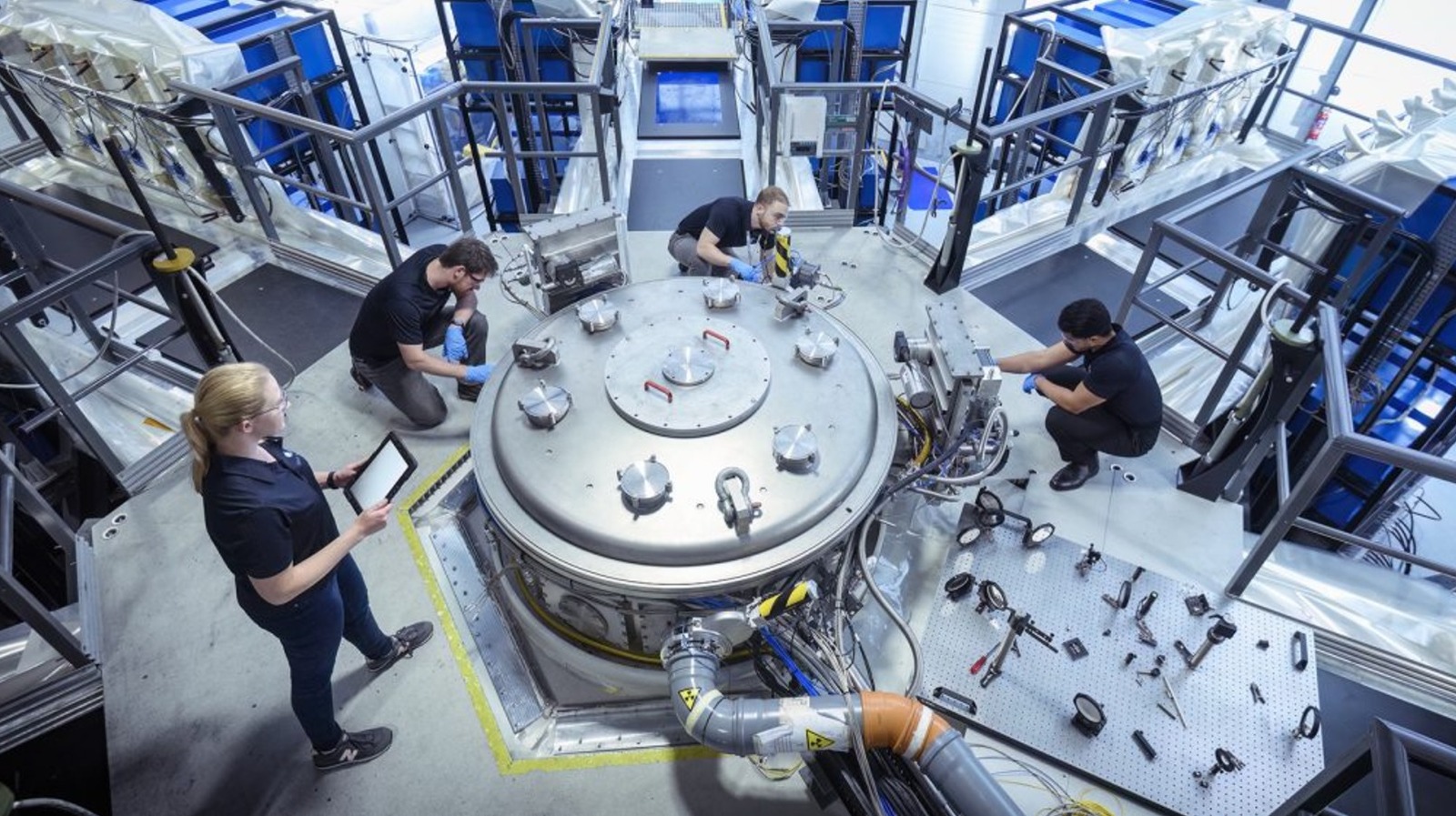Fusion energy has taken a significant step towards practicality with a recent breakthrough by the UK-based company, First Light Fusion (FLF). The firm has developed a method for achieving “high gain” inertial fusion, marking a pivotal moment in the quest for a sustainable and virtually limitless power source. This advancement brings the prospect of commercial fusion reactors closer to reality, which could play a crucial role in reducing reliance on fossil fuels and mitigating climate change.
Fusion power derives energy from the heat produced during nuclear fusion reactions, where two light atomic nuclei combine to form a heavier nucleus. This process releases substantial energy, which, if harnessed effectively, could provide a near-endless supply of electricity. While several breakthroughs have emerged in fusion research over the years, a viable fusion reactor has yet to be realized. The recent achievement by FLF is a promising development in this ongoing pursuit.
Understanding the Breakthrough
The process developed by FLF, referred to as FLARE (Fusion via Low-power Assembly and Rapid Excitation), has the potential to achieve a gain of 1,000. This is a significant leap compared to the current record gain of four achieved by the U.S. Department of Energy’s National Ignition Facility in May 2025. In fusion terminology, “gain” refers to the amount of energy produced compared to the energy input required to initiate the reaction. Achieving sustainable gain is the ultimate goal in fusion research, as past efforts have often consumed more energy than they generated.
FLARE innovatively separates the processes of compressing and heating the fuel. By compressing the fuel first, FLF generates a substantial surplus of energy through a method known as “fast ignition.” This approach marks the first practical application of a concept previously explored but not successfully implemented in fusion research.
In a white paper detailing FLARE, FLF states that a single kilogram of fusion fuel contains energy equivalent to that produced by 10 million kilograms of coal. To achieve ignition, the fuel must be heated to around 100 million kelvin, a temperature significantly higher than that of the sun. While generating such extreme heat requires considerable energy, the potential for self-sustaining fusion could lead to an overall net gain in energy production.
The Path Forward
The implications of a successful FLARE process could be transformative. If the technology performs as theorized, it could pave the way for the development of multiple fusion reactors capable of powering large populations sustainably. This would not only replace non-renewable energy sources but also contribute to the global effort to combat climate change by significantly reducing greenhouse gas emissions.
While this breakthrough is monumental, it is essential to recognize that it is only one step on the long journey toward establishing operational fusion power plants. The path to achieving self-sustaining fusion is complex and fraught with challenges, but the recent advancements in fusion technology underscore the potential for a future powered by clean, renewable energy.
As research continues and innovations unfold, the dream of harnessing fusion power may very well transition from aspiration to reality, offering a solution to the pressing energy demands of the planet. The scientific community remains optimistic that with each breakthrough, the likelihood of a sustainable energy future grows stronger.







